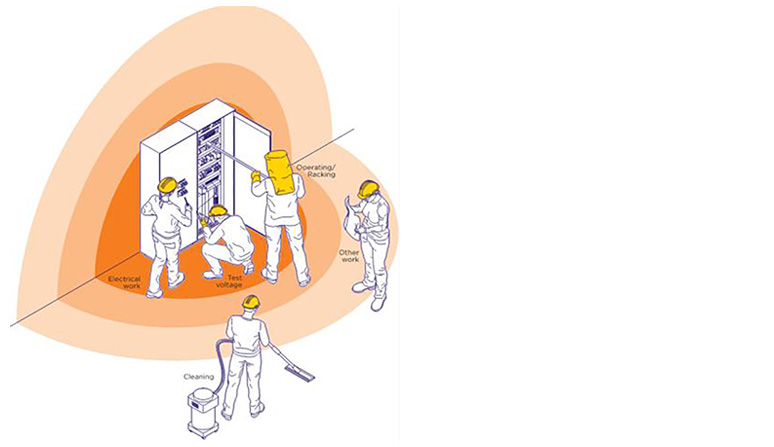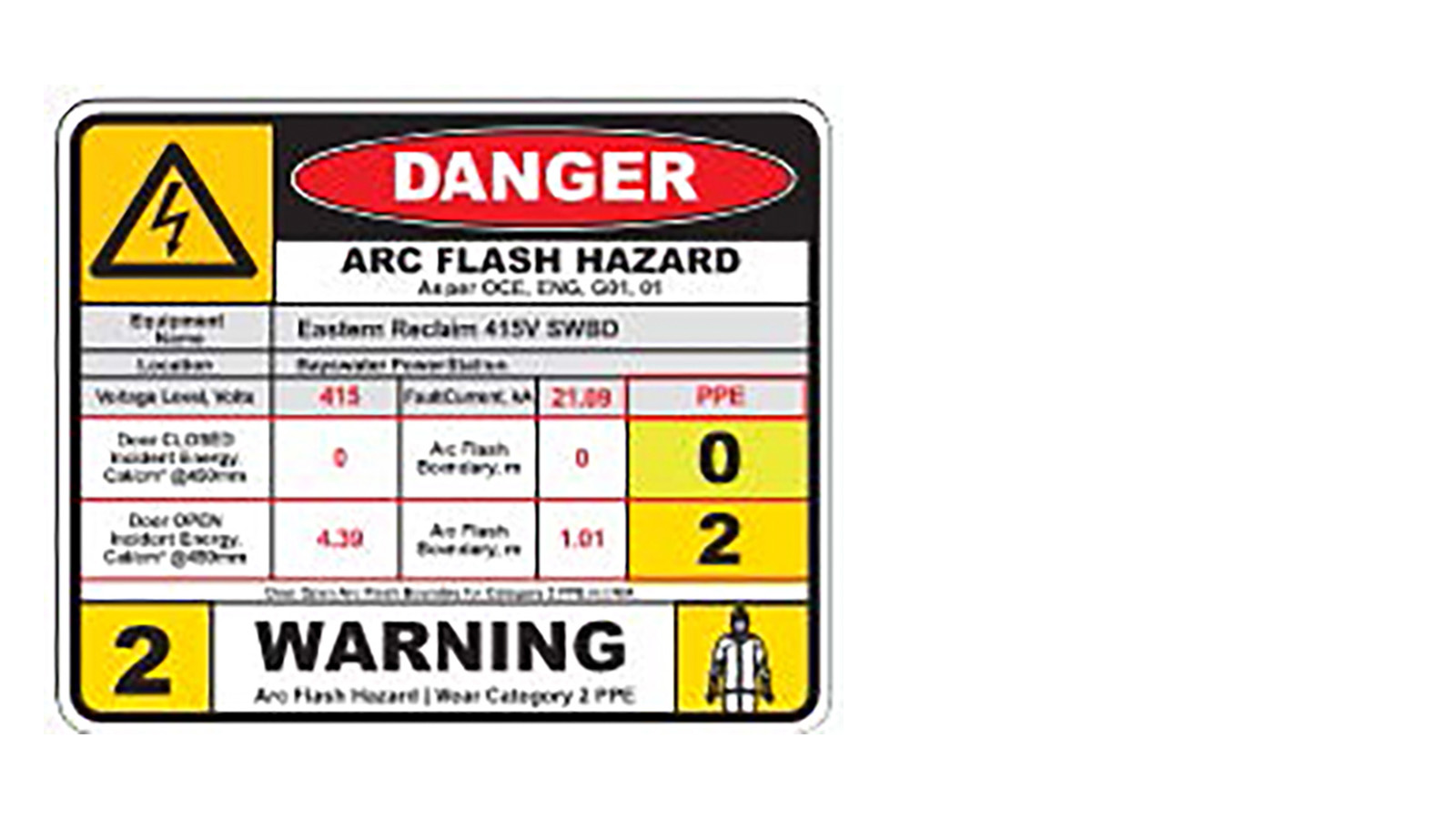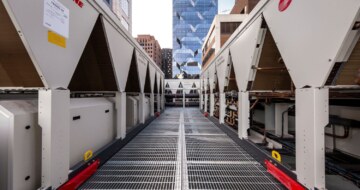
December 1, 2025 in Advisory Notes
Combating High Humidity in Commercial Buildings
High humidity is one of the more challenging and persistent issues facing commercial buildings today. Longer humid spells, warmer temperatures and mor...
July 18, 2023
The updated edition to Australian Standard AS/NZS 4836 Safe Working on or Near Low Voltage Electrical Installations supersedes the 2011 edition. The major changes highlight principles of risk management, working on or near electrical equipment and the selection of the appropriate personal protective equipment.
There are a number of electrical work tasks which are unavoidable when working on or near live electrical parts. These generally include:
The risk from unintentional contact with a live electric part can range from minor to serious burns, cardiac arrest or other injuries which may result in fatality. Any of these activities exposes workers to the risk of electrocution or arc flash.
An arc flash is the rapid discharge of a large amount of energy and in some examples may cause the explosion of electrical cubicles or equipment. In these instances, the circuit breaker protection may not operate.
In addition to endangering safety, any electric shock or arc flash incident may disrupt business operations due to equipment damage and or loss of electrical supply.
Work Health and Safety Regulations identify that if electrical work is to be carried out on energised equipment, a competent person is to complete a risk assessment.
AS/NZS 4836 also provides guidance to the risk assessment process, detailing a hierarchy of control to determine the risk mitigation hazards. The controls identified within the standard include:
.

.
A thorough risk assessment should establish the incident energy which identifies the correct circuit breaker sizing and associated fault current rating, commonly provided with a kA rating. The incident energy is measured in calories per square centimeters (cal/cm2). Energy as low as 1.2 cal/cm2 can produce second degree burns and ignite materials such as cotton, therefore the correct PPE and clothing is imperative when working under these scenarios.
Following the assessment of the incident energy rating, the selection of the appropriate PPE is determined based on the resultant cal/cm2 value. Increased ratings will require different degrees of PPE and the appropriate clothing.
.

.
The assessment should also consider the arc flash boundary which identifies the affected distance from the flash source which helps establish the restricted area or zone around the electrical equipment with and without PPE applied.
.

.
Following the assessment of the arc flash including the arc flash boundary and incent energy level, an appropriate label should to be applied indicating these values and the minimum level of PPE required.
.

.
An arc flash register should be completed for each component of the electrical infrastructure. This provides the competent person with the information required to adequately mitigate and manage risks associated with working on electrical components. The information on the warning label includes;
Images sourced from Australian Energy Council Arc Flash Guidelines (March 2019).
|
For further guidance on the application of the updated Australian Standard AS/NZS 4836 Safe Working on or Near Low Voltage Electrical Installations contact: |
|
John Topouzakis, Leader – Electrical A.G. Coombs Advisory P: +61 3 9248 2700 | E: jtopouzakis@agcoombs.com.au |

December 1, 2025 in Advisory Notes
High humidity is one of the more challenging and persistent issues facing commercial buildings today. Longer humid spells, warmer temperatures and mor...

November 10, 2025 in Advisory Notes
Mandatory climate-related risk and opportunity reporting is a new Australian regulatory requirement for large companies to disclose how climate change...

October 8, 2025 in Advisory Notes
Electrification projects can be complex undertakings bringing together a range of technical elements along with planning, coordination and logistics c...

September 1, 2025 in Advisory Notes
Cyber security incidents reported against both government and private organisations continue to increase in both frequency and severity.